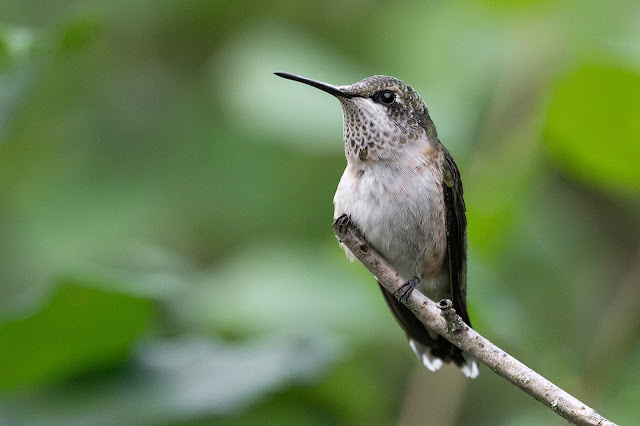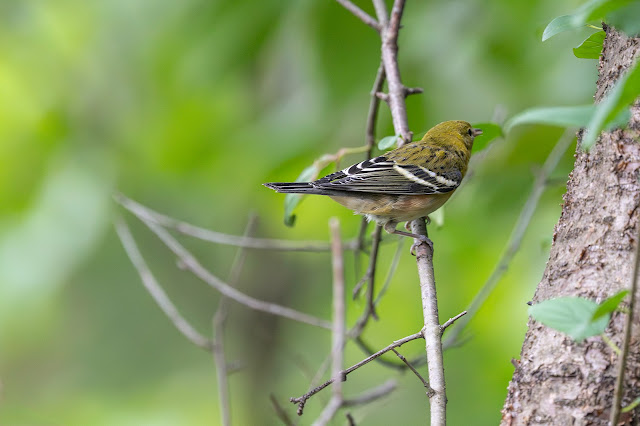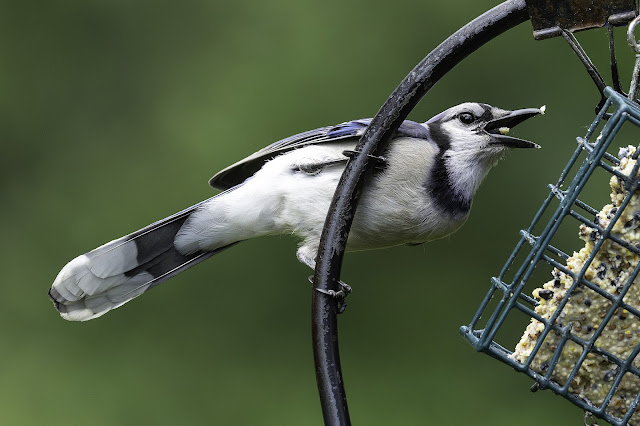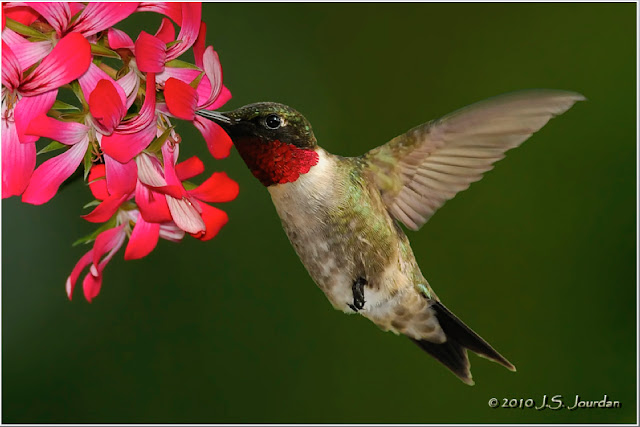
With rain forecasted this evening I took the opportunity to go to Elizabeth Park to look for warblers. The first warblers were reported there a few days ago, and even a Connecticut Warbler was found.
I arrived just before 9 am and headed to the interior portion of the park. The trails were quiet with birds neither being seen nor heard. That changed when I saw a nice flock of birds actively foraging and chasing each other next to the maintenance yard. The first birds were Black-capped Chickadees, but then several "Baypolls" were seen; Bay-breasted Warblers and/or Blackpoll Warblers. I reached for the camera and started approaching hoping to get some images in the relatively low-light of the forest understory.
Several Black-and-White Warblers were foraging, and they provided the first images. At shutter speeds of 1/200 sec. to 1/400 sec. I had a hard time getting sharp images at my effective focal length of 1260 mm.




A Tennessee Warbler was a nice find (thanks to Daryl Bernard for the ID help).
The best way to separate Blackpoll Warblers from Bay-breasted Warblers in the fall is to look for feet color: orange on Blackpoll Warblers and black on Bay-breasted Warblers. This Bay-breasted Warbler has black feet but also shows the olive-green back and head of its confusing cousin.
This Blackpoll Warbler is showing orange feet.
I was pleasantly surprised to see several Blackburnian Warblers working the low branches. The triangular-shaped cheek patch is the best clue for ID'ing these birds. This one has a strong yellow-orange wash that also helped.
While chasing the fast-moving flock along the edge of the maintenance yard this Ruby-throated Hummingbird flew in and perched nearby. As it turned its head a single ruby gorget feather appeared that ages this bird as a first year male.
Another Black-and-White Warbler appeared.
A Black-throated Green Warbler appeared. Very similar-looking to the Blackburnian Warbler but its throat was white and the cheek patch is not triangular in shape.
A preening American Redstart.
Yet another Black-and-White Warbler.
A Least Flycatcher flew in and perched nearby. That bright eye-ring helped w/ the ID.
This bright Blackburnian Warbler popped into view and began foraging near the ground.
Bay-breasted Warbler (note black feet).
Another Blackburnian Warbler.
As quickly as they appeared the flock moved off. I walked around and made another loop of the area but could not find anymore birds. So, I decided to run over to Lake Erie Metropark and walk the Marshland Museum nature trail.
Things were fairly quiet until I came upon a Yellow-bellied Flycatcher along the east trail near the Eagle Overlook. Lighting was not good, but I managed a few keepers.

Along the west side of the trail I came upon a small flock of Blue-gray Gnatcatchers and Magnolia Warblers. The gnatcatchers were moving close by until a Ruby-throated Hummingbird flew in and chased them off. The pair of Magnolia Warblers were foraging closer to the ground, so I focused (or tried) on them.
Despite the poor lighting I was very happy with my first warbler outing of the fall.
Elizabeth Park (Trenton), Wayne, Michigan, US
Aug 23, 2023 9:00 AM - 11:00 AM
Protocol: Traveling
2.0 mile(s)
10 species (+1 other taxa)
Ruby-throated Hummingbird (Archilochus colubris) 1
Least Flycatcher (Empidonax minimus) 1
Black-capped Chickadee (Poecile atricapillus) 2
Black-and-white Warbler (Mniotilta varia) 5
Tennessee Warbler (Leiothlypis peregrina) 1
American Redstart (Setophaga ruticilla) 1
Bay-breasted Warbler (Setophaga castanea) 3 "Baypoll" warbler with black feet
Blackburnian Warbler (Setophaga fusca) 5
Blackpoll Warbler (Setophaga striata) 1
Bay-breasted/Blackpoll Warbler (Setophaga castanea/striata) 1 A flock of half-dozen birds seen at distance. Olive green w/ wingbars, streaked back, thin dark eye-stripe.
Black-throated Green Warbler (Setophaga virens) 1
View this checklist online at https://ebird.org/checklist/S158379927
This report was generated automatically by eBird v3 (https://ebird.org/home)












































































Comments
Post a Comment
Please leave a comment. I will try to respond ASAP.